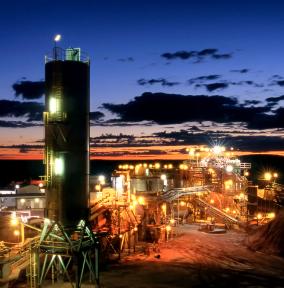With the Brent crude oil price tipping over US$80 a barrel, continuing its rebound since 2016, attention has inevitably again turned to the current valuations of resource stocks. Portfolio Manager Uday Cheruvu looks at what the rise in energy prices may mean for long term investors.
Resource stocks have been the biggest drivers of the Australia market in the medium term, with benchmark stocks BHP and Rio Tinto being considerably stronger than the overall market.
The stocks have been assisted by US and European industrial production data remain positive, pointing to a synchronised economic upswing. Chinese manufacturing as well as import and export figures released also remain robust. This has meant that resource stocks and industrial companies which provide services to these resource stocks have been the beneficiaries of this upswing.
Reources stocks have also benefited from outflows from other parts of the market. Historically, they have seen more interest when investors want to reduce their exposure to banks and financial stocks. Given the broader markets concern about the impact of the royal commission on the banks, it is natural to see resource stocks benefiting from capital flows.
Given its strong relative move versus the broader market, much of the upside from global economic growth is already priced in to the big resources stocks like BHP and Rio. Currently, on a risk/reward basis, we struggle to see the resource stocks doing a lot better from here. However, geo-political issues arising from the failure of any Middle-East oil deals may provide a short term benefit to oil prices which may provide near term support to resource stocks, in particular BHP. Generally resources companies are better to buy when the underlying commodity is falling. We think fundamentally the earnings upside from higher volumes and high resource prices is mostly factored in, meaning they are fair value. But watch this space.




